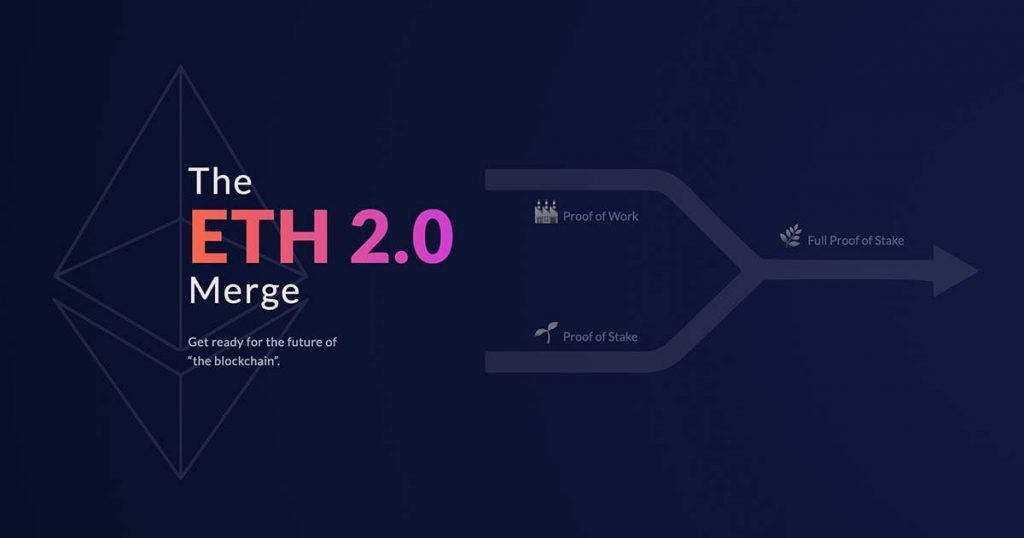The Merge will go live in about three months. Ethereum core developer Time Beiko has outlined a set of recommendations and expectations about the upcoming upgrade for application and protocol developers to Ethereum.
For the average app and log users, Beiko suggested testing things to make sure nothing breaks as more testing is done. He tweeted:
"Leave things running, if something is unclear or broken leave a comment."
Beiko told users and developers to pay attention and make sure they are ready for The Merge.
The Merge is a highly complex and long-awaited upgrade that will transition the Ethereum network from proof-of-work to proof-of-stake. At this point it is called the consensus layer. The upgrade will probably take place in August 2022.
The focus of testing on multiple testnets was to ensure that there were no cross-client issues or that existing applications were not completely unusable after The Merge. Beiko pointed out in a tweet that such problems are unlikely as 99% of the changes affect the protocol layer, while almost no changes are made to the application layer.
The developer said that developers should be aware that there will be two major changes to how smart contracts work with The Merge. First, he reminded that the method for beacon randomness, which helps run applications, will change. This is necessary for the switch to PoS and was published in an update last November.
The second change is that block times will be reduced from 13 seconds per block to 12 seconds. With this, smart contracts that use block production speed as a time measure will run one second faster.
Beiko is confident that despite The Merge's delay, potential issues have been consolidated into a single layer.
"Aside from cross-client testing and those two edge cases, the biggest risk of disruption is in 'tooling and infra-pipelines'."
Finally, he assured that if there were any problems during testing and shadow forks, The Merge would be further delayed to ensure the security of the network.
“Of course, if we find any issues, we always take the time to fix and address them before proceeding. Only then will we think about moving mainnet to Proof of Stake.”
ETH investors worried about their tokens unlocking once The Merge takes place can rest easy. Korpi explained on Twitter that once The Merge takes place, Ethereum staked on the Beacon Chain can be unlocked without issue. This includes rewards earned through staking.
He also explained that tokens, once unlocked, are released incrementally rather than all at once and are often investors' "never-sell" stack.
12.6 million ETH are currently being staked on the Beacon Chain. The Beacon Chain was one of the first steps to take Ethereum to a PoS network.
My Top PicksHoneygain - Passive earner that pays in BTC or PayPalMandalaExchange -The Best no KYC crypto Exchange!
BetFury - Play And Earn BFG for daily Bitcoin and ETH dividends!
Pipeflare - Faucet that pays in ZCash and Matic, Games pay in DAIWomplay - Mobile dApp gaming platform that rewards in EOS and BitcoinCointiply - The #1 Crypto Earning SiteLiteCoinPay -The #1 FaucetPay earner for LitecoinLBRY/Odysee - YouTube Alternative that lets you earn Money by viewing videos!FaucetPay - The #1 Microwallet PlatformFREEBTC - The #1 FaucetPay earner for Satoshi'sFaucetCrypto - An earning/faucet site that pays out instantlyFireFaucet - An earning site that pays better for some than Cointiply
DogeFaucet - Dogecoin Faucet
xFaucet - BTC, ETH, LTC, Doge, Dash, Tron, DGB, BCH, BNB, ZEC, FEY - Claim every 5 minutes
Konstantinova - BTC, ETH, LTC, Doge, Dash, Tron, DGB, BNB, ZEC, USDT, FEY, 25 Claims Daily


Comments
Post a Comment